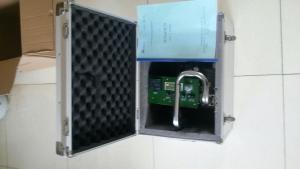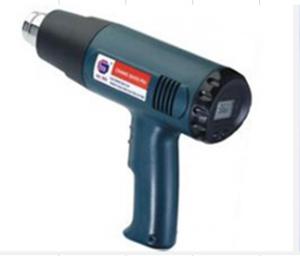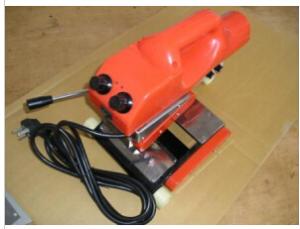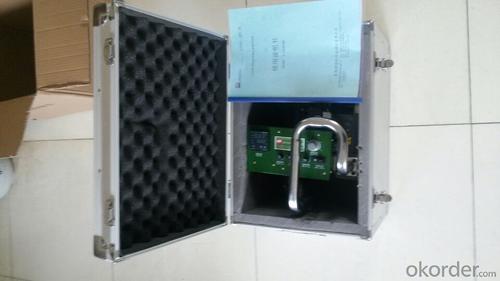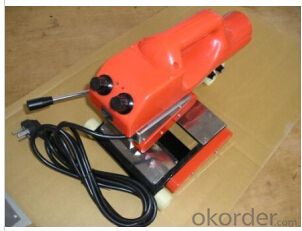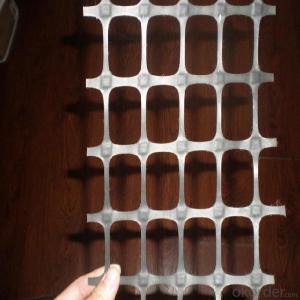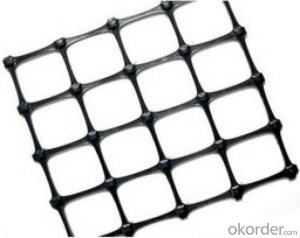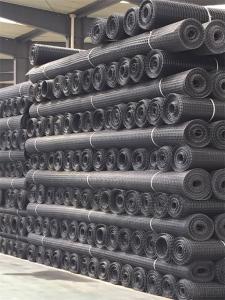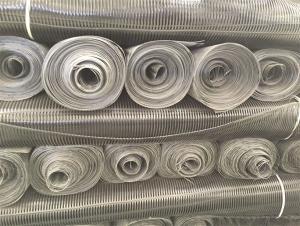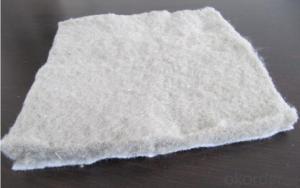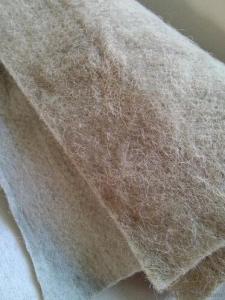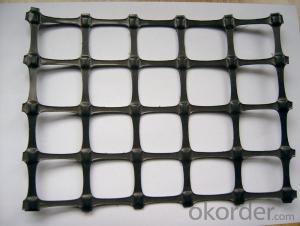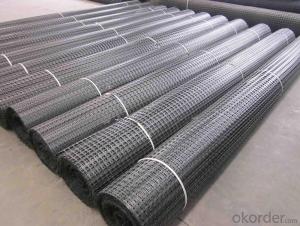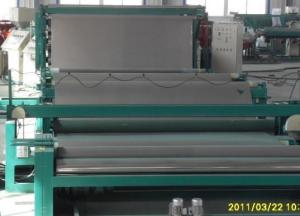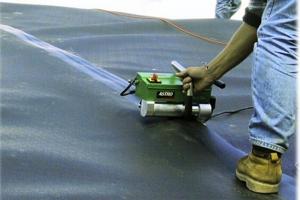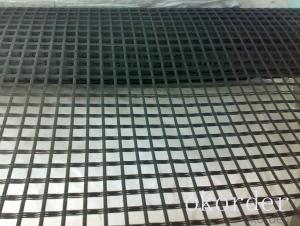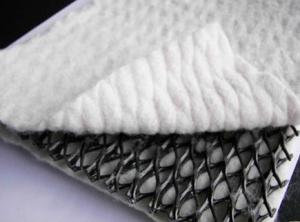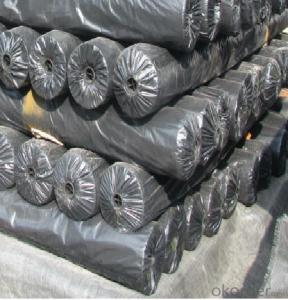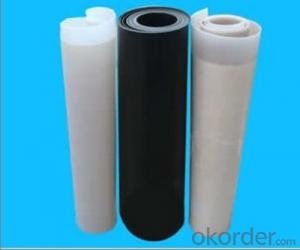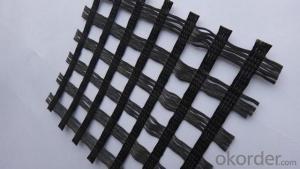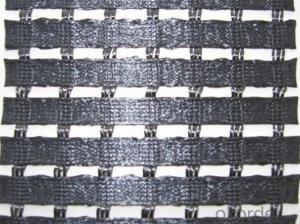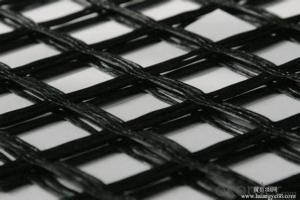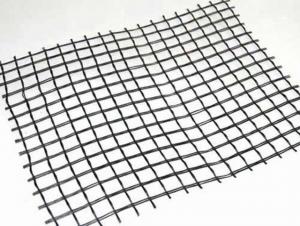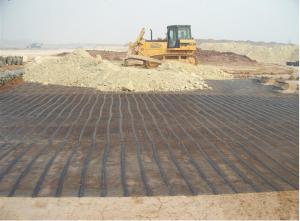Geo Cells and Geogrids Welding Machine for Geocomposite Geomembrane
- Loading Port:
- Tianjin
- Payment Terms:
- TT or LC
- Min Order Qty:
- 1000 m²
- Supply Capability:
- 1900000 m²/month
OKorder Service Pledge
OKorder Financial Service
You Might Also Like
Portable Hand Plastic Extruder Welding Gun
Production description of Hand plastic extruder welding gun :
It is also called hand plastic extruder, hand plastic welding gun), is a new type hot air welder that researched and manufactured by our plant. We bring advanced technology from Germany and Switzerland, has reaches or exceeds technical index standards of similar foreign products and fills the blank in domestic. It integrates preheating of hot air and welding rod together,
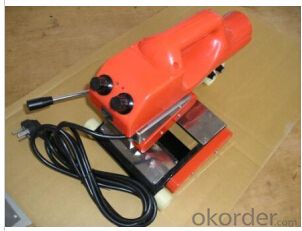
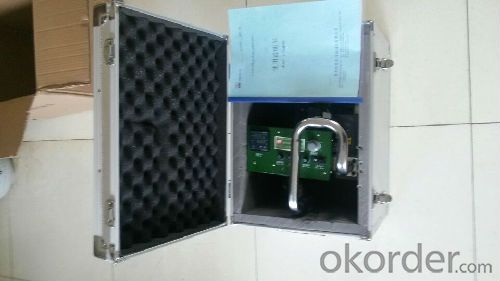
Features of Portable Hand Plastic Extruder Welding Gun :
reasonable structure, simple operation, continuous welding, efficient, large extrusion press and enhances welding intensity, is an ideal product for welding and processing various thermoplastics.
The using of Portable Hand Plastic Extruder Welding Gun
This product combines preheating hot air and welding rod together. Hot air is able to adjust electric heating for temperature, self-delivery of air source. Extruding parts owns advanced temperature control system, which convenient for extrusion speed adjustment. Large extrusion pressure for adopting screw for charging, sensible low temperature protection system Adopt 220V power supply. It is able to weld thermoplastic plastic sheet and pipe, especially applied for sealing ends for winding hollow pipe with large diameter, welding and manufacturing pipe, as well as repair for damaged pipe and so forth.
Usage: To weld and repair plastic pipes, plastic sheet, plastic container, chemical container,
Plastic moulds.
International brand parts:
Hot air blower— Leister, Switzerland
Drive Unit-- Metabo, Germany
The specification of Portable Hand Plastic Extruder Welding Gun
Modle No. | HRT- 100 |
Voltage | 220~ 230V |
Extruder Power | 1100W |
Heating Power | 3400W |
Air temperature | 20- 650 °C |
Material | PE/ PP |
Welding Rate | 3.5KG/Hour |
Weight | 6.1KG |
Packaging | Aluminum box |
Total Weight | 11 KG |
Dimension(LxWxH) mm | 535x465x140 |
MOQ | 1 set |
- Q: What is the effect of polymer type on geogrid behavior?
- The effect of polymer type on geogrid behavior is significant as it determines the strength, durability, and overall performance of the geogrid. Different polymers have varying tensile strength, elongation characteristics, and resistance to environmental factors such as UV radiation and chemical exposure. Therefore, the choice of polymer type directly impacts the geogrid's ability to provide reinforcement, soil stabilization, and load distribution in geotechnical applications.
- Q: Geogrid tgsg45-45 what does it mean
- Refers to the two-way plastic geogrid, is a two-way stretch square mesh geogrid, 45-45 tensile strength, that is, tension
- Q: Are geogrids effective in preventing soil erosion on slopes with vegetation?
- Yes, geogrids are effective in preventing soil erosion on slopes with vegetation. Geogrids provide structural support to the soil, preventing it from being washed away by water or blown away by wind. This helps to maintain the stability of the slope and protects the vegetation from being uprooted. Additionally, geogrids help to reinforce the root systems of plants, enhancing their ability to hold the soil in place. Overall, geogrids are a valuable tool in preventing soil erosion on slopes with vegetation.
- Q: How to shop on the road surface of the two
- Each product has a link hole, we also have a professional link accessories. There are circular holes, there are flat holes.
- Q: What are the applications of geogrids in civil engineering?
- Geogrids are extensively used in civil engineering for various applications such as soil stabilization, slope reinforcement, retaining wall construction, and pavement reinforcement. They provide strength and stability to soil structures, prevent erosion, increase load-bearing capacity, and enhance overall structural integrity. Geogrids are also employed in infrastructure projects like road construction, railway tracks, landfill sites, and coastal protection, contributing to the longevity and durability of these civil engineering projects.
- Q: How do geogrids affect soil compaction?
- Geogrids can positively affect soil compaction by providing reinforcement and stability to the soil, reducing the potential for settlement. They distribute the applied load more evenly, improving the load-bearing capacity of the soil and reducing the chances of soil movement or deformation.
- Q: What are the specifications of the geogrid for road use?
- Plastic grille, fiberglass grille...... There are many kinds of specifications for each grid
- Q: What is the recommended geogrid connection method for specific applications?
- The recommended geogrid connection method for specific applications depends on several factors such as the type of geogrid, soil conditions, and project requirements. Some common geogrid connection methods include using mechanical connectors, overlapping and sewing the geogrid panels, or using adhesive bonding. It is important to consult with a geotechnical engineer or follow the manufacturer's guidelines to determine the most suitable connection method for a specific application.
- Q: Can geogrids be used in reinforcement of underground pipelines?
- Yes, geogrids can be used in the reinforcement of underground pipelines. Geogrids are commonly used in civil engineering applications to improve the strength and stability of soil. By placing geogrids around underground pipelines, they can effectively distribute the stress and reduce the potential for deformation or failure of the pipelines. Additionally, geogrids can also help to prevent soil erosion and provide long-term reinforcement to ensure the integrity of the underground pipeline system.
- Q: Geotextiles and geogrids to do the re inspection approach?
- In theory it is necessary
Send your message to us
Geo Cells and Geogrids Welding Machine for Geocomposite Geomembrane
- Loading Port:
- Tianjin
- Payment Terms:
- TT or LC
- Min Order Qty:
- 1000 m²
- Supply Capability:
- 1900000 m²/month
OKorder Service Pledge
OKorder Financial Service
Similar products
Hot products
Hot Searches
Related keywords
